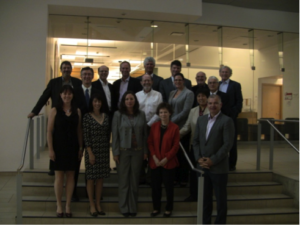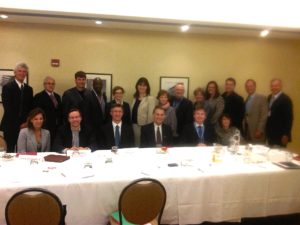Brock University professor and C21 Canada supporter Dr. Camille Rutherford contributes this guest post. Check out her blog for insights on leadership, teacher education and technology.
Students do not become 21st century learners on their own. They need learning opportunities that challenge them to utilize 21st century fluencies and integrate the five dimensions of 21st century learning. These dimensions include:
- Collaboration
- Knowledge-building
- The use of ICT for learning
- Self-regulation
- Real-world problem-solving and innovation
The following is a set of guidelines developed by the Innovative Teaching and Learning Research program to help educators understand how they can create learning opportunities that will facilitate the development of 21st century skills. In addition to a brief description of each of the five dimensions of 21st century learning, the guidelines include a scale/rubric which educators can use to determine the degree to which each dimension is present during a specific learning opportunity.
Similar to Bloom’s Taxonomy, educators should seek to create learning opportunities that challenge their students to demonstrate the highest level on each scale. While educators may strive towards the highest levels of each dimension, it is important to note that these scales/rubrics should be applied to a sequence of lessons or unit plan and not individual lessons. Even though an individual lesson could focus on a single dimension, it is not possible to achieve the highest level on all of the scales/rubric within a single classroom lesson.
For the full description of the Innovative Teaching and Learning Research: Learning Activity Rubrics and Sample Student Work Rubrics please visit: http://www.itlresearch.com/home.
Collaboration
Knowledge Building
Use of ICT for Learning
Self-Regulation
Real Problem Solving and Innovation
Here are some learning activities to review and determine where they would rank on the five dimensions:
Consider ways to revise these learning activities so that students would be challenged to demonstrate the highest level of each dimension.




